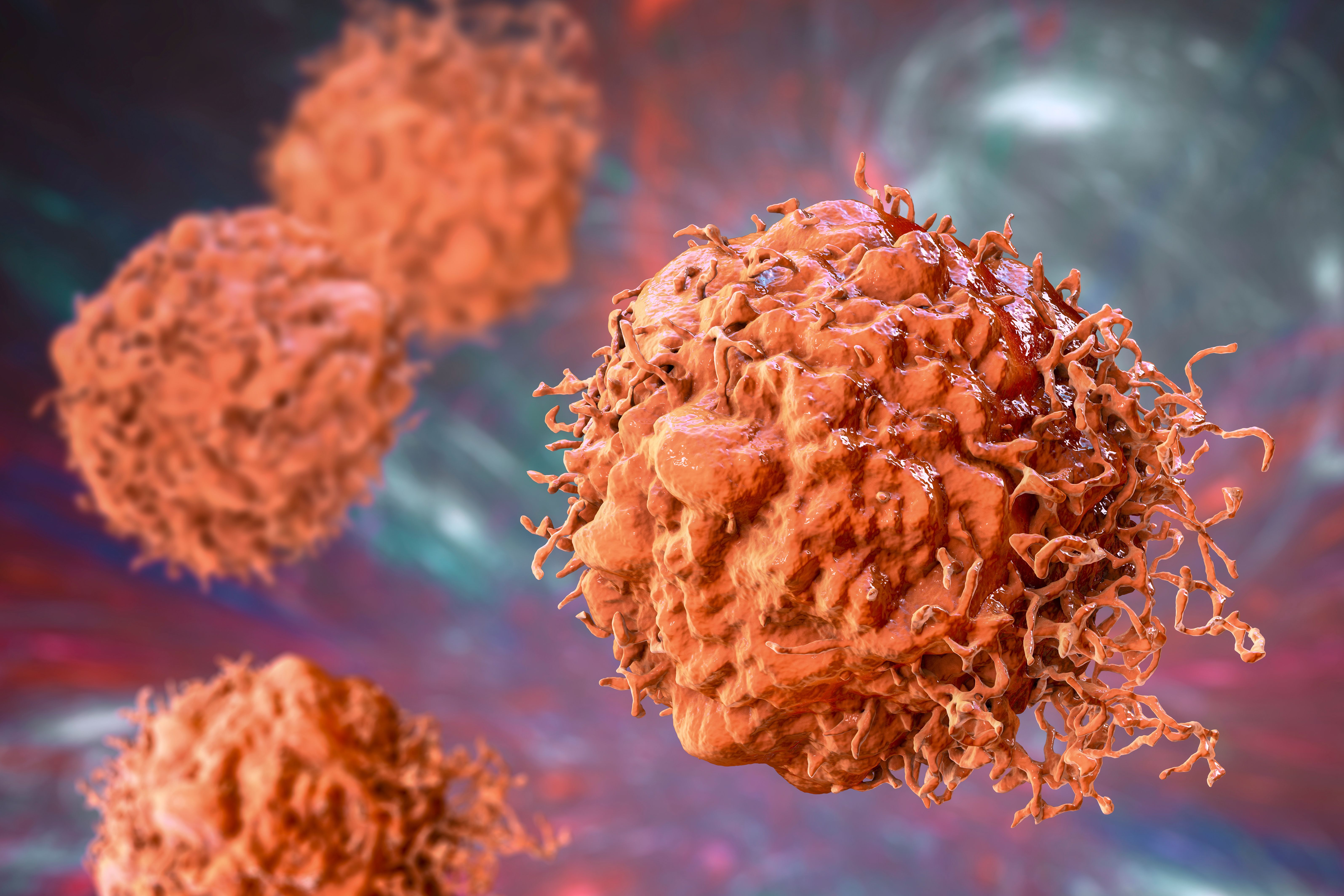- Center on Health Equity & Access
- Clinical
- Health Care Cost
- Health Care Delivery
- Insurance
- Policy
- Technology
- Value-Based Care
Multiplex Spatial Analysis Highlights Mechanisms of Refractory cHL
Improvements in multiplex immunofluorescence and spatial analysis have enabled a better understanding of the ways classical Hodgkin lymphoma evades the immune system.
A new multiplex spatial analysis of cases of classical Hodgkin lymphoma (cHL) suggests increased expression of CD137 is correlated with refractory disease. The report also links monocytic myeloid-derived suppressor cells (m-MDSCs) with a poor prognosis.1 The study was published in OncoImmunology.
Corresponding author Juan F. García, MD, PhD, of the MD Anderson Cancer Center in Madrid, Spain, and colleagues, described the immune tumor microenvironment (TME) of cHL as a complex mix of immune cells and Hodgkin and Reed-Sternberg (HRS) cells, the latter of which plays a particularly important role in shaping patients’ prognosis. Among the other cellular components of the TME are MDSCs, which the investigators said may play an important immunosuppressive role.
Cancerous cells | image credit: Dr_Microbe - stock.adobe.com

“High frequencies of MDSCs are associated with poor prognosis and tumor progression in lymphomas,” they wrote. “MDSCs have also been identified in the peripheral blood of cHL patients, where they seem to be associated with disease aggressiveness and to be prognostically significant.”
However, García and colleagues said different types of MDSCs have different impacts. One subset of MDSCs—m-MDSCs—block immune responses in B-cell lymphomas and CD14+ m-MDSCs have been linked with more aggressive disease, the authors said.
Another protective measure deployed by tumors is the use of immunological checkpoints, which the investigators noted have yielded fruitful therapeutic targets. For instance, blocking the programmed cell death protein-1/programmed death-ligand 1 (PD-1/PD-L1) axis has been shown to improve progression-free survival (PFS) in the vast majority of patients with relapsed or refractory cHL.2
“However, the response to immunotherapy is neither completely effective nor durable in many patients, triggering the need to identify new, reliable biomarkers in the TME that could be targetable,” the present authors wrote.1
Recently, the expression of CD137 (otherwise known as tumor necrosis factor receptor 9, or TNFRSF9) has been linked with the ability of HRS cells to evade the immune system, the authors said.
“CD137 acts as a T cell co-stimulator, expressed not only by T cells, monocytic and dendritic cells, but also by HRS cells,” they wrote. “CD137 induces tumor cells to secrete IL-13, a potent growth factor that also polarizes the protective type 1 immune response toward a tumor-supporting type 2 response.”
García and colleagues said that conventional immunohistochemistry techniques have not allowed for a full understanding of the “complex crosstalk” between HRS cells and the TME. However, they said improvements in multiplex immunofluorescence and spatial analytical technologies make it possible to identify “minor immune cell populations that were difficult to identify and characterize in solid tumors and hematological neoplasms, allowing inferences regarding cell-cell interactions.”
The investigators therefore sought to leverage that technology to analyze the spatial distribution of immune subpopulations, learn more about how they interact with checkpoint expression, and identify potential prognostic biomarkers.
The authors retrieved formalin-fixed paraffin-embedded samples from 30 patients with cHL who underwent initial lymph node resections at MD Anderson Cancer Centers in Madrid and Houston. They performed both qualitative and quantitative analyses of the samples, using multiplex immunofluorescence and automated multispectral imaging to determine the cell distribution of CD137 in primary cHL tumors.
García and colleagues found that CD137 was expressed by T cells, monocytic cells, and HRS cells, finding that CD137-expressing immune cells and HRS cells were “more abundant and in closer proximity” in patients who were refractory to therapy, compared to responders.
m-MDSCs in close proximity to malignant HRS cells were linked with a poor prognosis and relapse, they said.
Overall, the investigators said their findings help better explain the circumstances under which cHL persists. “The cHL tumor microenvironment promotes immune escape in refractory patients by holistically driving polarization and/or recruitment of several cell types with increased expression of CD137 and PD-L1 checkpoints,” they wrote.
García and colleagues said it has already been established that the TME and related signaling pathways are potential therapeutic targets due to cancer cells’ dependence on the TME. However, they said their study also shows that the spatial distribution of immune cells is relevant to the clinical course of the disease, and that CD137, in particular, may prove to be a useful target for future therapies.
References:
- Solórzano JL, Menéndez V, Parra E, et al. Multiplex spatial analysis reveals increased CD137 expression and m-MDSC neighboring tumor cells in refractory classical Hodgkin Lymphoma. Oncoimmunology. 2024;13(1):2388304. doi:10.1080/2162402X.2024.2388304
- Ansell SM, Lesokhin AM, Borrello I, et al. PD-1 blockade with nivolumab in relapsed or refractory Hodgkin's lymphoma. N Engl J Med. 2015;372(4):311-319. doi:10.1056/NEJMoa1411087
